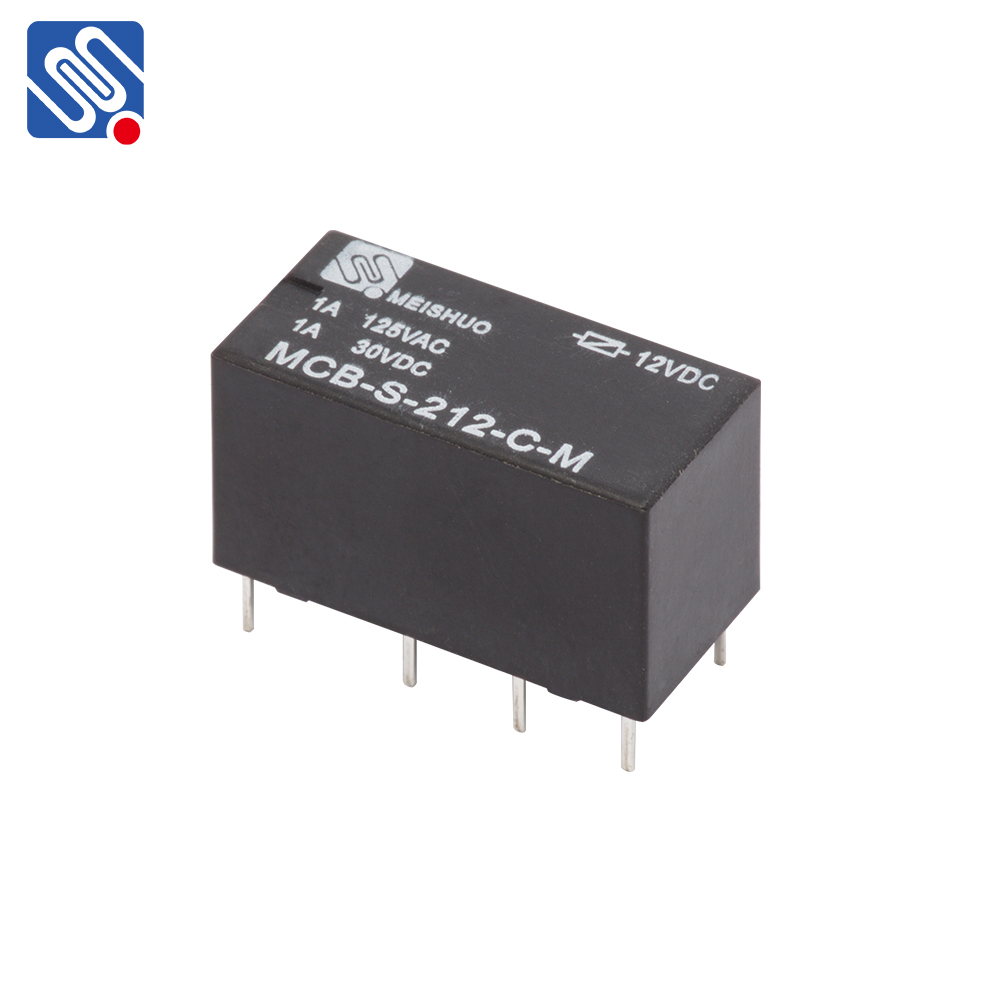Relay signals are crucial in modern electrical and communication systems, serving as intermediaries that transfer information or power between different components of a circuit. A relay itself is an electrical switch that uses a small control signal to activate a larger, more powerful signal. In both industrial applications and everyday technologies, relay signals are integral to enabling automation, safety, and efficiency in various processes. This article explores the concept of relay signals, their importance, and their applications in multiple fields.

What is a Relay? At its core, a relay is an electromagnetically controlled switch. It consists of a coil, an armature, and contacts. When a current flows through the coil, it generates a magnetic field that moves the armature, causing the contacts to either open or close a circuit. The key feature of a relay is that the control signal (which is typically low-voltage or low-current) is able to switch the state of the relay, which in turn can control a much higher-voltage or higher-current load. The signal used to activate a relay is called a “relay signal.” This signal serves as the input to the relay, initiating its operation. Relay signals are often used in automated control systems, where they allow for the seamless switching of devices without direct human intervention.